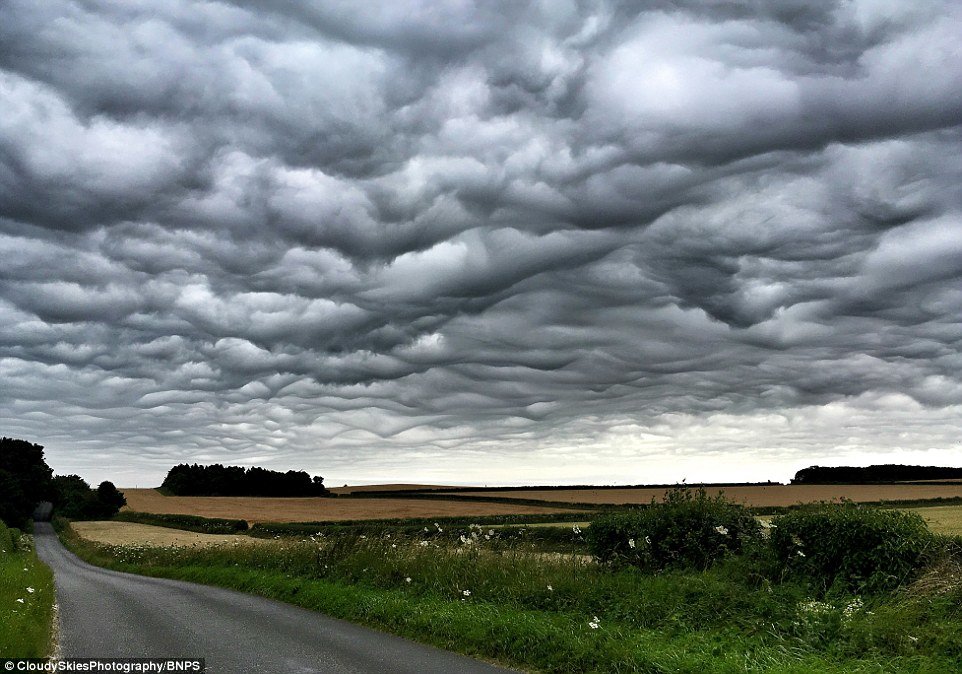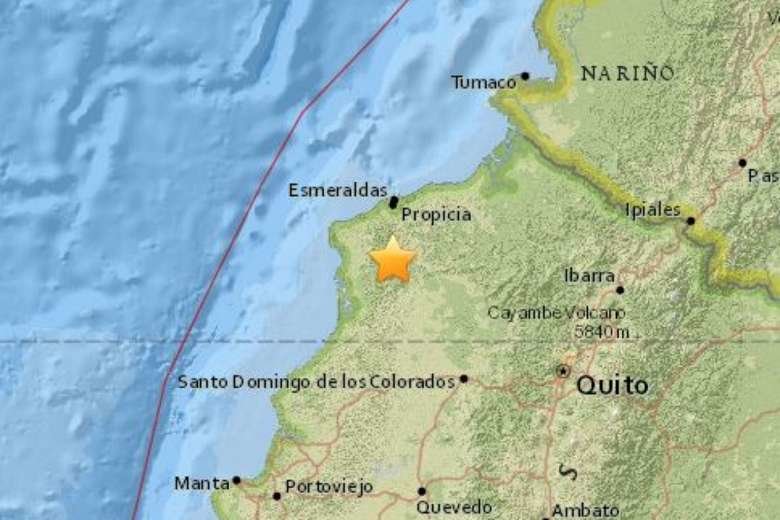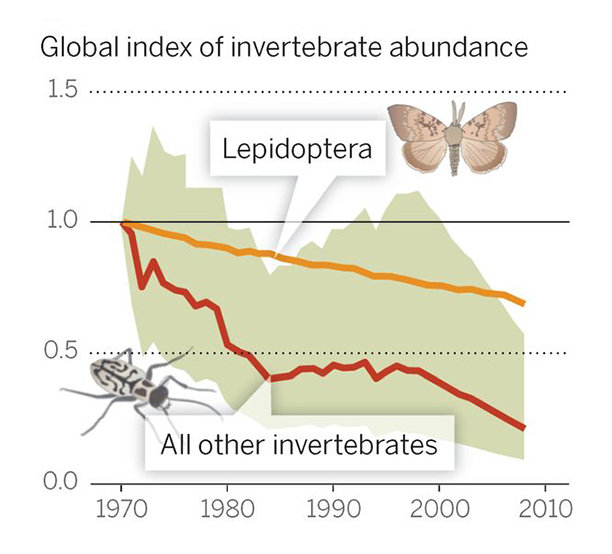
© CloudySkiesPhotography/BNPSThese extraordinary images show a series of wavelike clouds looming over the south coast. The unique formation, known as Undulatus asperatus, develops when undulation in the atmosphere causes air to move up and down
These extraordinary images show a series of wavelike clouds looming over the south coast.
The unique formation, known as Undulatus asperatus, develops when undulation in the atmosphere causes air to move up and down.
When wind makes contact with the base of low-lying clouds, a striking wavy motion then appears.
Although they appear dark and gloomy, they usually dissipate without a storm following.
The incredible shots, taken on an iPhone, were captured by amateur cloud photographer, Simon Hammond, in locations across Dorset.
The 48-year-old said: 'When I first saw them I thought, 'this is something quite special. It was pure luck that I stumbled across them as I hadn't headed out to take pictures.
'I have seen some examples of this formation but never ones as impressive as these.
'They are rare and in the event that they do appear they tend to be short lived, but these hung around for about five hours.'The Cloud Appreciation Society are clamouring for the cloud shape to be recognised as an official cloud type by the International Cloud Atlas.
If accepted Undulatus asperatus, which translates to 'roughened wave', would be the first new classification in 65 years.





Comment: The fact that the author calls noctilucent clouds common and rare in the same paragraph isn't the strangest thing about their article.
Space.com has previously published an article on the actual cause of these clouds which the author ignores, and it's an ominous cause that those of you who read our 'Fire in the Sky' section will be well aware of: